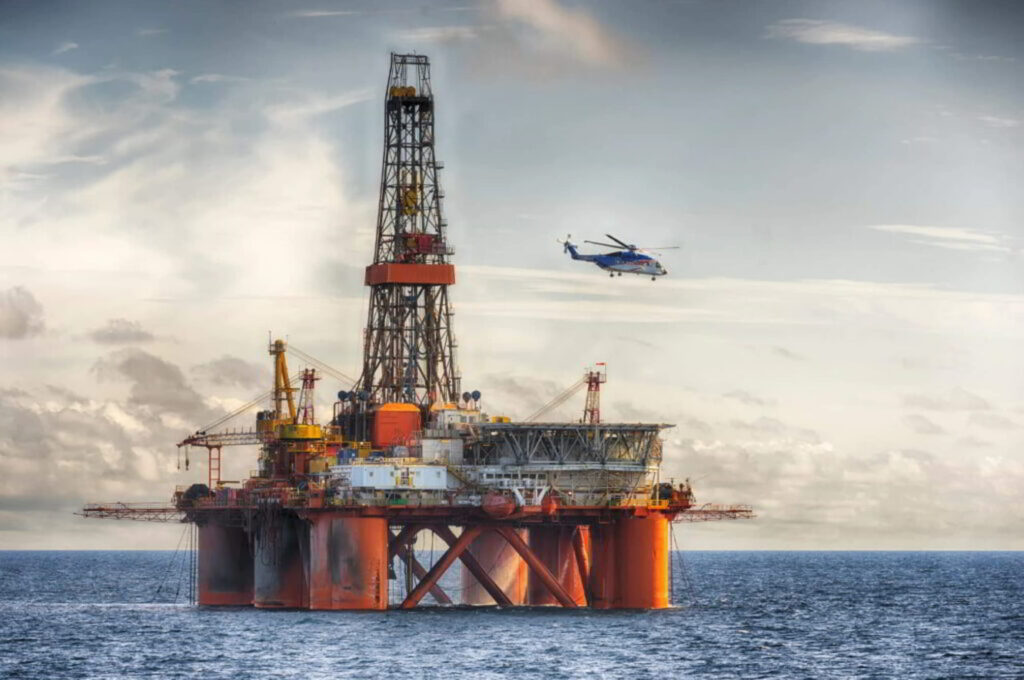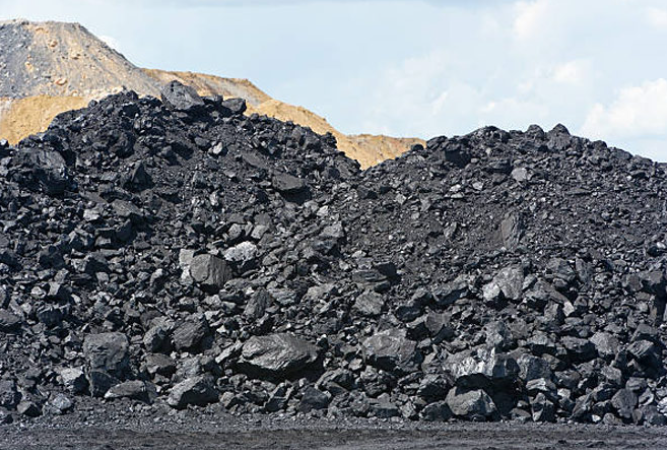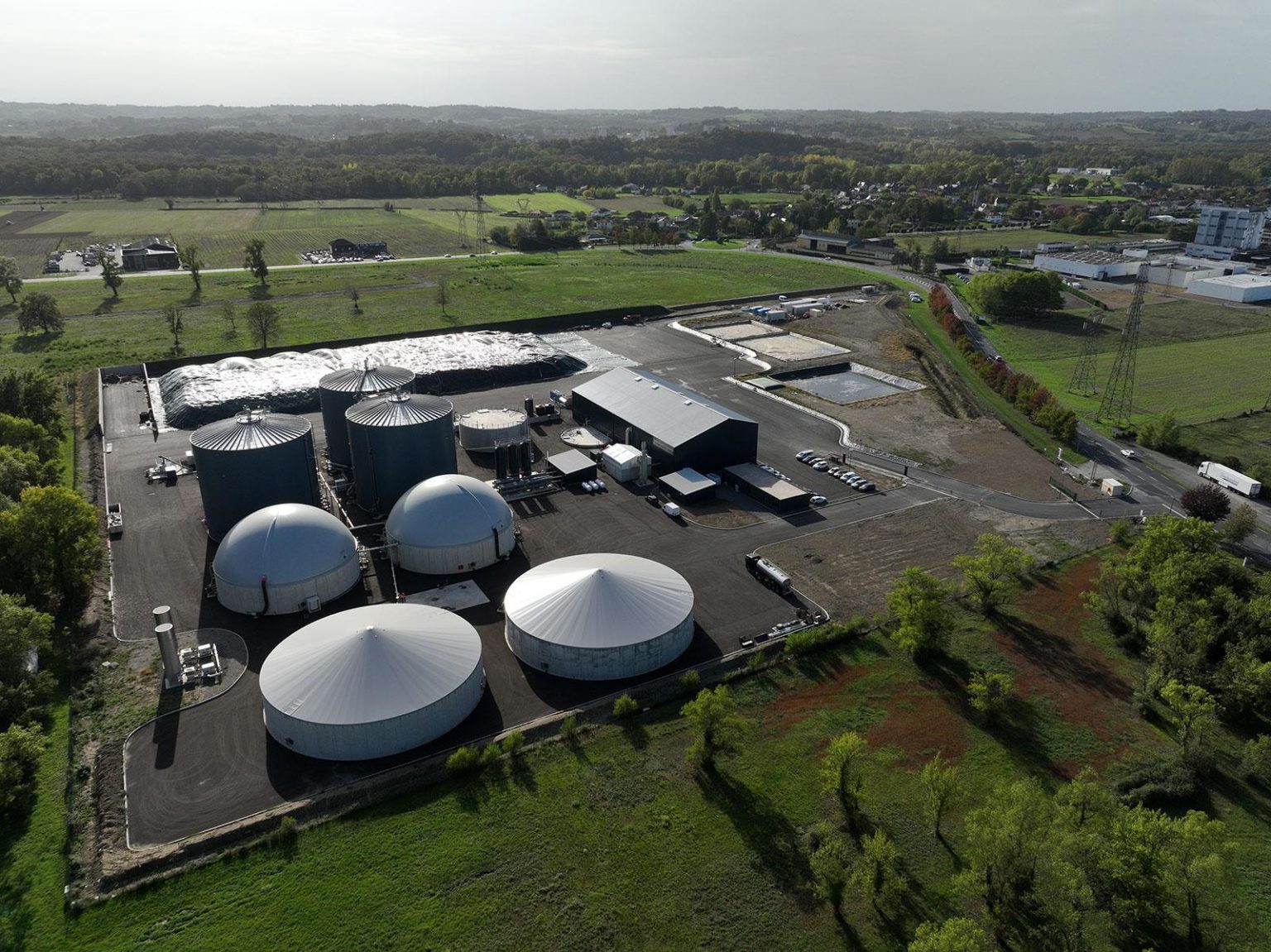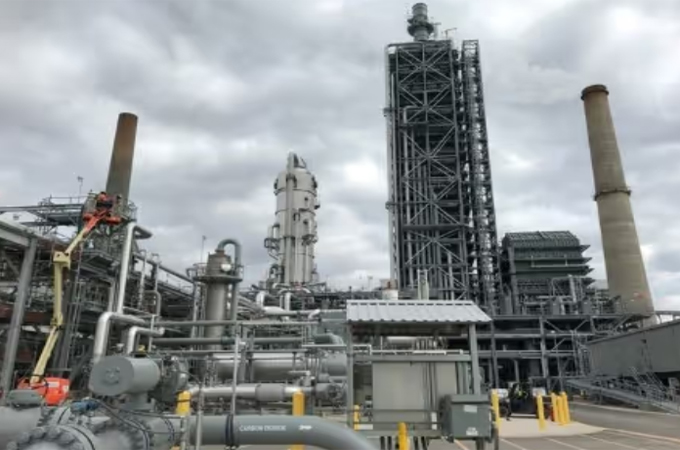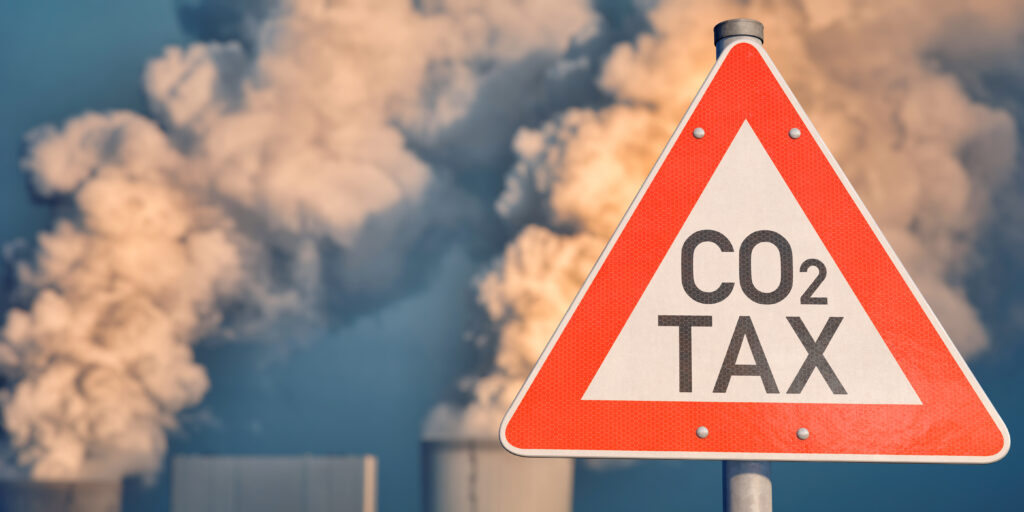
The Singapore government recently announced plans to raise its carbon tax to S$25/mtCO2e (approx. $18.60/mtCO2e) in 2024 and 2025, from the current level of S$5/mtCO2e ($3.7/mtCO2e). Subsequently, the carbon tax will increase to S$45/mtCO2e in 2026 and 2027, and S$50 to S$80/mtCO2e by 2030."The newly proposed carbon tax scheme is well-calibrated and visionary," said Mikkel Larsen, CEO with Singapore-based carbon exchange Climate Impact X.
"In our view, global carbon prices, through taxes or carbon credits, are set to increase substantially over the next five to 10 years. With this as a context, Singapore's carbon tax prices are quite appropriate," Bo Bai, chairman of Singapore-based digital exchange Metaverse Green Exchange, said.
"Overall, this is a very positive development and shows strengthened commitment from the Singapore government for the Green Plan and decarbonization," Marc Allen, technical director with Engeco, a Singapore-based climate and energy consultancy, said.
"Singapore, as a low-lying island state, has a lot of downside risk potential from climate change and it's refreshing to see a government willing to take a leadership position," Allen added.
"Singapore's stated goal of becoming a vibrant global carbon hub takes [it] a step closer to fruition with the carbon tax. It creates native demand for carbon and a clear minimum price signal," William Pazos, cofounder and managing director of carbon trading platform AirCarbon, said.
Rising demand for carbon
"Allowing corporates to offset carbon liabilities with carbon credits creates demand and by extension will have a positive impact on carbon prices," Pazos said.
Companies will be allowed to surrender high quality international carbon credits to offset up to 5% of their taxable emissions under the newly-proposed tax scheme starting from 2024.
The carbon tax acts as "a floor on carbon", Pazos said. He said this creates a reliable price signal which, in turn, promotes capital deployment into carbon mitigating projects.
At this point it is not possible to determine whether the qualifying "high-quality carbon credit" prices would exceed S$25/mtCO2e, but with increasing voluntary carbon market prices it could, Larsen said.
"The premise is to set the quality bar high, requiring carbon credits certified by the well-recognized international registries to be used," Larsen said.
Larsen also pointed out that under the newly-proposed carbon tax scheme, Singapore will allow the use of international carbon credits, while existing schemes such as those in China, Australia and other places allow only domestic carbon credits.
After the government specifies what types of carbon credits can be used by the domestic corporates to offset their emissions, the market demand will go up, Larsen said.
"We believe that the impact to the offset market will be low because Singapore's domestic carbon emission is relatively limited. However, it is important for Singapore is to become the global center for cross-border carbon trading," Bai said.
S&P Global Platts assessed nature-based carbon credit prices at $13.30/mtCO2e Feb. 25, nearly triple the price level in last June, when Platts initiated this assessment.
Impact on domestic companies
Larsen said the increased carbon tax results in a stronger sentiment among Singaporean companies. He noted that companies that export commodities to the EU market will also have to deal with the new EU's carbon border adjustment mechanism.
Singapore's energy sector – power, oil, gas, and coal, will be most heavily impacted by the new tax scheme, Bai said.
"Ultimately, all companies will see a bottom-line impact, not just those that have a direct liability, but we will see carbon costs passed on to end-users of electricity," Allen said.
"Clearly, the sectors covered by the tax will feel the pinch. However, the tax will incentivize companies to identify carbon savings within their operations, allowing them to mitigate some of the costs," Pazos said.
As the price increases up to the 2030 target level of S$50-80/mtCO2e, it will be cheaper to actually implement an emissions reduction project than to pay the cost of emissions, Allen said.
"The key thing for companies now is to understand their potential direct or indirect liability and formulate plans to decarbonize over time. This starts with a baseline of emissions and hopefully culminates in a strong decarbonization plan and climate change strategy," Allen added.
Larsen pointed out that the carbon tax scheme provides "a price signal over time," and the companies will need to hedge given the upward trend of carbon costs. These factors can absolutely facilitate the development of financial instruments like carbon futures, he said.

